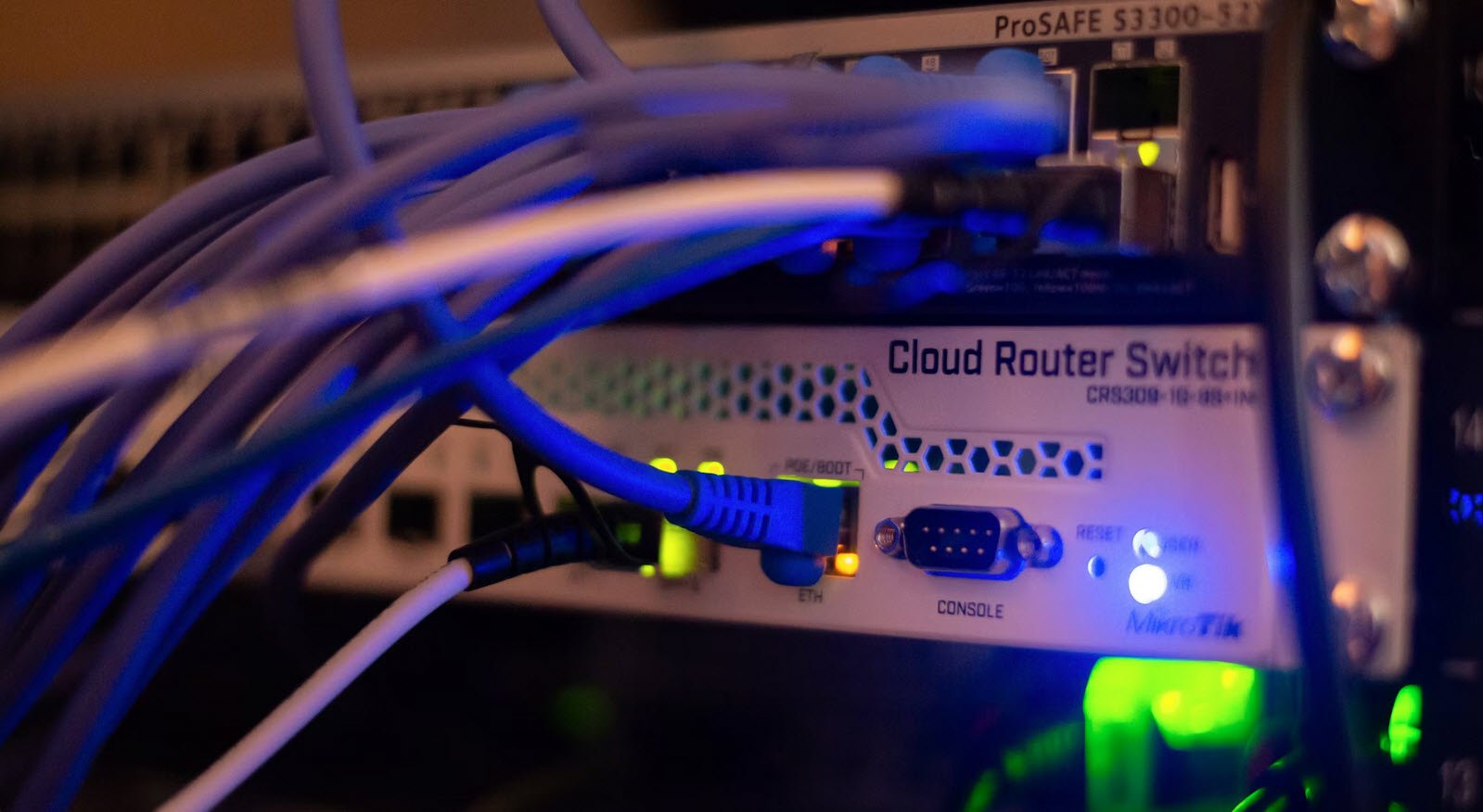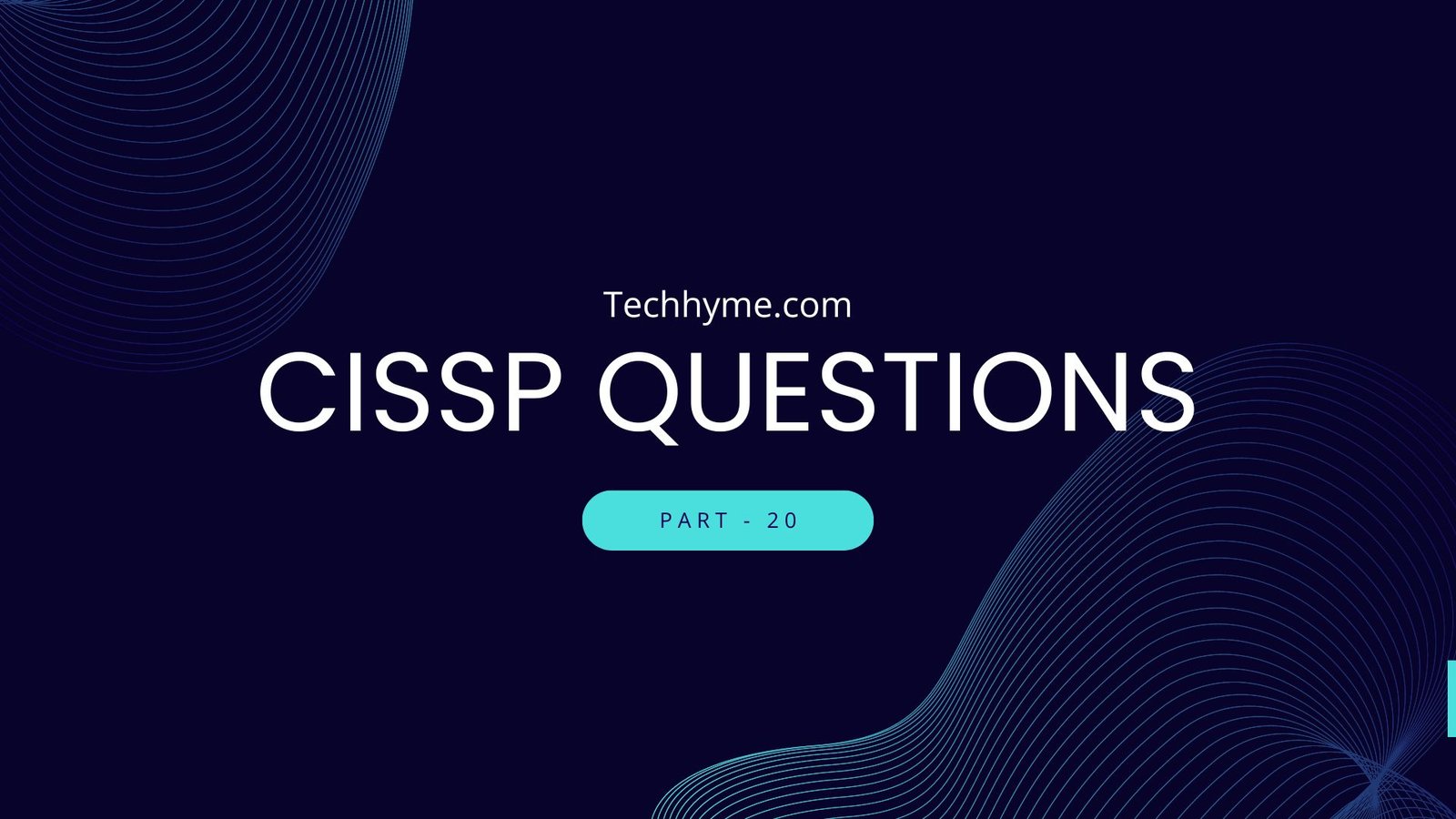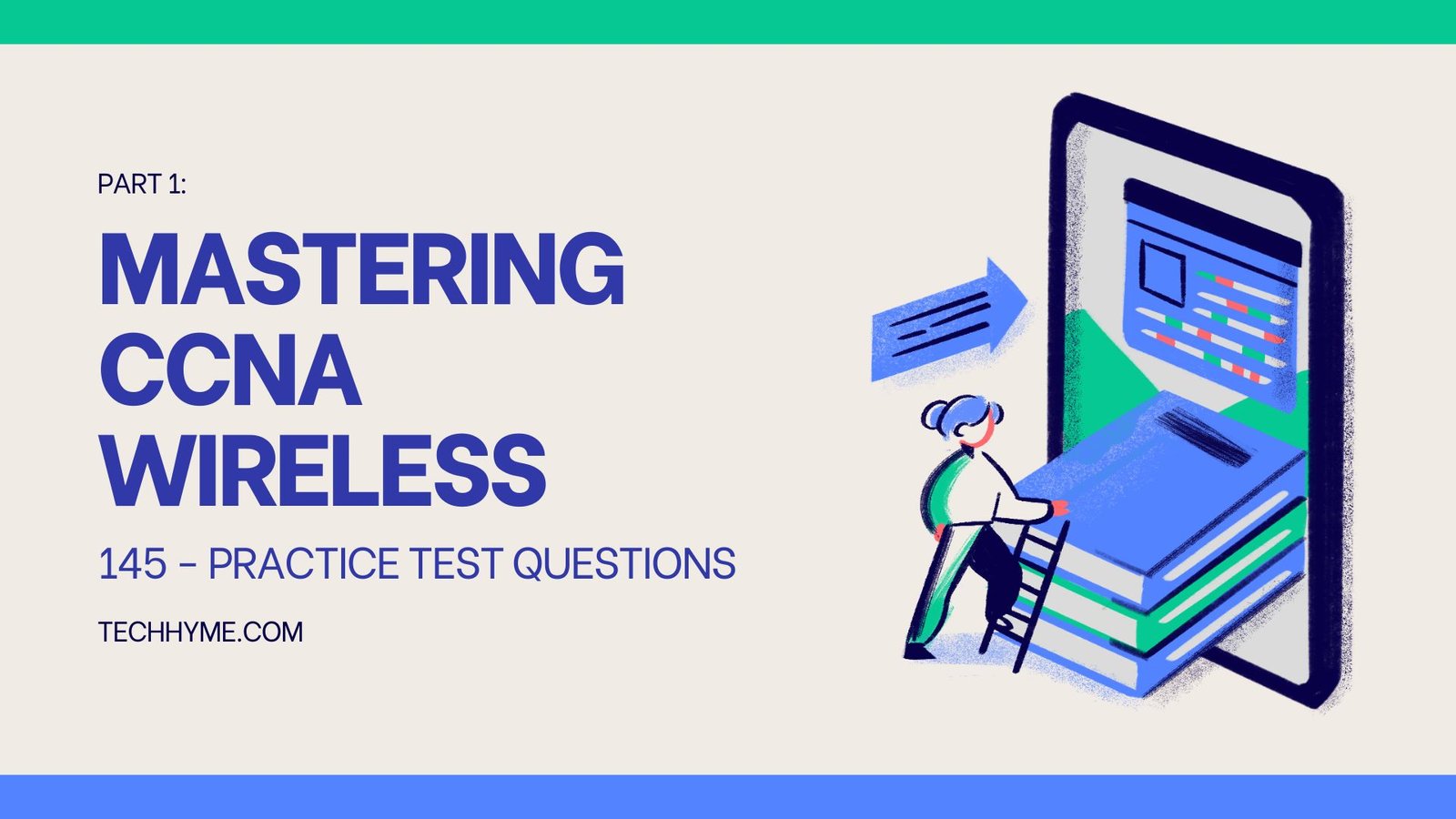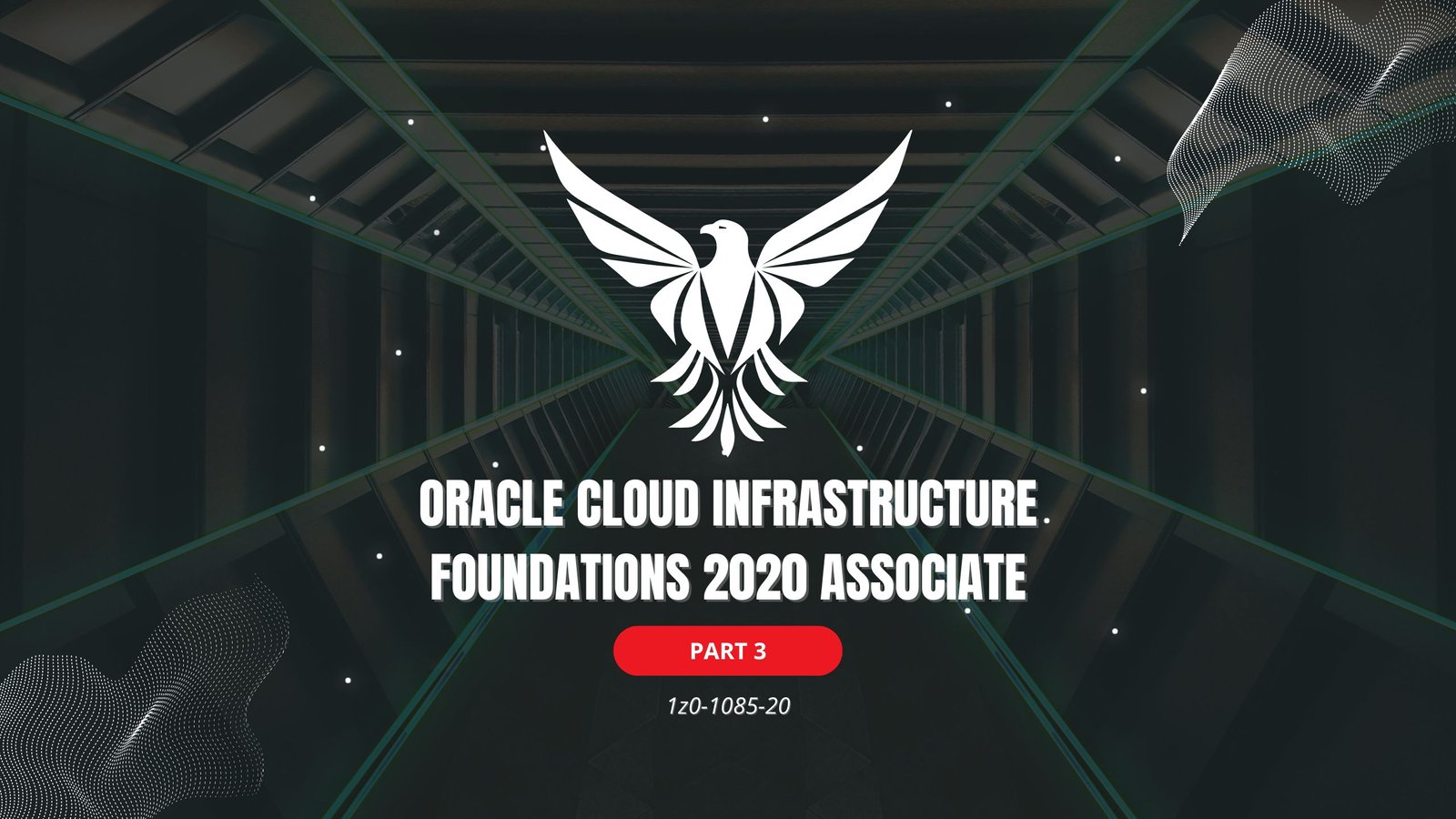
The CCIE Certification is the highest level of achievement for network professionals, certifying an individual as an expert or master. Cisco Systems has since become an unrivaled worldwide leader in networking for the Internet. Its networking solutions can easily connect users who work from diverse devices on disparate networks. Cisco products make it simple for people to access and transfer information without regard to differences in time, place, or platform.
The below listed questions are intended to help you continue on your exciting path toward obtaining your CCIE (Cisco Certified Internetwork Expert) certification. Before looking these questions, it is important to know the basic concepts of CCNA and CCNP.
- Cisco Certified Internetwork Expert – CCIE – Part 1
- Cisco Certified Internetwork Expert – CCIE – Part 2
- Cisco Certified Internetwork Expert – CCIE – Part 3
- Cisco Certified Internetwork Expert – CCIE – Part 4
- Cisco Certified Internetwork Expert – CCIE – Part 5
- Cisco Certified Internetwork Expert – CCIE – Part 6
- Cisco Certified Internetwork Expert – CCIE – Part 7
- Cisco Certified Internetwork Expert – CCIE – Part 8
- Cisco Certified Internetwork Expert – CCIE – Part 9
- Cisco Certified Internetwork Expert – CCIE – Part 10
- Cisco Certified Internetwork Expert – CCIE – Part 11
- Cisco Certified Internetwork Expert – CCIE – Part 12
- Cisco Certified Internetwork Expert – CCIE – Part 13
- Cisco Certified Internetwork Expert – CCIE – Part 14
- Cisco Certified Internetwork Expert – CCIE – Part 15
- Cisco Certified Internetwork Expert – CCIE – Part 16
- Cisco Certified Internetwork Expert – CCIE – Part 17
- Cisco Certified Internetwork Expert – CCIE – Part 18
- Cisco Certified Internetwork Expert – CCIE – Part 19
These articles covers everything you need to pass the CCIE Routing and Switching written exam. Each article contains a set of testing questions along with their answer and explanation.
This article covers: Design, implementation, and monitoring.
1. Several clients on a token ring segment are complaining about poor performance accessing the Internet. These clients are configured with the TCP/IP protocol. Which of the following technologies could help improve performance?
- SRB
- RSRB
- DLSw
- DLSw+
- None of the above
Answer – E
Explanation – The four technologies listed are designed for nonroutable traffic. TCP/IP is routable.
2. A Unix client wants to resolve a NetBIOS name to an address. What type of packet or frame would the client most likely send?
- Bootp
- DHCP
- WINS
- Explorer
- DNS
Answer – D
Explanation – Explorer packets are used to resolve NetBIOS names to the MAC Address.
3. SNA uses LLC2 to transmit data. Which of the following are true of LLC2?
- Connectionless
- Connection oriented
- Variable timeouts
- Routable
- Fixed-length timeouts
Answer – B, E
Explanation – LLC2 is a connection-oriented protocol designed for use on the LAN. It has short, fixed-length timeouts.
4. Host 1 communicates to Host 2 by first crossing DLSw Switch 1 and then crossing DLSw Switch 2. Host 1 sends data to Host 2. While the data is in transit between Switch 1 and Switch 2, the data is lost. Which device is responsible for resending the data?
- Host 1
- Host 2
- Switch 1
- Switch 2
- The data is lost forever.
Answer – C
Explanation – DLSw+ locally terminates the connection. The data is then encapsulated in a TCP/IP packet and sent across the WAN. If that TCP/IP packet is lost, Switch 1 is responsible for retransmission.
5. A NetBIOS station wants to locate network resources. The NetBIOS station transmits an explorer frame that is received by the DLSw switch. The DLSw switch would send what kind of frame or packet to its DLSw peer?
- All-routes explorer
- Single-route explorer
- RARP
- ARP
- CANUREACH
Answer – E
Explanation – The DLSw requesting switch would send a CANUREACH. The remote DLSw switch uses explorer frames on the local segment to determine whether the resource is available. If it is available, the switch replies with an ICANREACH message.
6. DLSw can allow for very large networks. One of the reasons that we need DLSw is due to IBM’s maximum bridge count limitation in SRB. What is the maximum bridge count in an IBM source-route bridged network?
- 15
- 16
- 7
- 8
- 255
Answer – C
Explanation – The maximum bridge in IBM SRB implementation is 7.
7. You are designing a DLSw+ network. The connection between two DLSw+ peers is a low-bandwidth IP network and experiences congestion or frame loss. Which DLSw+ encapsulation type would be most appropriate?
- TCP/IP
- FST/IP
- Direct
- HDLC
- LLC2
Answer – A
Explanation – TCP/IP provides for reliable transport across the IP network.
8. DLSw+ supports two modes of operation. A DLSw+ router detects that the other router is a Cisco router. In which mode would the first router operate?
- Standards compliance
- Enhanced
- DLSw+ Standard
- DLSw
- RFC 3021
Answer – B
Explanation – Enhanced mode is used when both routers are Cisco routers. Standards compliance mode is used when one router is a non-Cisco router.
9. DLSw+ adds many features to DLSw. Which feature allows for clustering routers in a region?
- Border peer caching
- Peer groups
- IP proxy
- SNA areas
- APPN areas
Answer – B
Explanation – DLSw+ implements peer groups to allow for a hierarchically designed network.
10. DLSw+ adds many features to DLSw. In a hierarchical design, one of the DLSw switches become in charge of a group. All members of the peer group send requests to this switch. What is the name of the switch in charge of the group?
- Border Peer
- Designated Peer
- Lead Peer
- Local Peer
- Backbone Peer
Answer – A
Explanation – Border Peers are in charge of their peer group.
11. In a hierarchically designed DLSw+ network, routers in a region can be grouped together as peer group. Which technology can reduce the number of explorer packets traversing the network?
- Border Peer Proxy
- Explorer Host
- Explorer Proxy
- Request Explorer
- Border Peer caching
Answer – E
Explanation – Border Peer caching allows the Border Peer to learn information from explorer packets that it forwards and to reply to future requests for that information from cache.
12. Which DLSw+ technology prevents duplicate explorers from entering or exiting a region?
- Border Peer Proxy
- Explorer firewall
- Explorer Proxy
- Request Explorer
- Border Peer caching
Answer – B
Explanation – Explorer firewalls allow only a single explorer frame to pass through them destined for a particular MAC address or NetBIOS name.
13. You are designing a DLSw+ network. If the connection between two DLSw+ peers is a point-to-point connection, which DLSw+ encapsulation type would be most appropriate?
- TCP/IP
- FST/IP
- Direct
- HDLC
- LLC2
Answer – C
Explanation – For point-to-point links, direct encapsulation minimizes the overhead.
14. Which of the following is implemented in DLSw?
- Flow control
- Netbios Pass-thru
- IPX spoofing
- IP Intercept
- Palance
Answer – A
Explanation – DLSw uses TCP to mimic the flow control expected by LLC2.
15. Use the following configuration information to answer this question: On router R1, what is the local ring on the interface TokenRing 0?
Hostname R1
!
source-bridge ring-group 300
dlsw local-peer peer-id 172.16.2.1
dlsw remote-peer 0 tcp 172.16.1.1
!
interface Loopback0
ip address 172.16.2.1 255.255.255.0
!
interface Serial0
ip address 172.16.100.2 255.255.255.0
!
interface TokenRing0
ip address 172.16.20.2 255.255.255.0
ring-speed 16
source-bridge 2 1 300
source-bridge spanning
- 1
- 2
- 300
- 0
- 172.16.20.2
Answer – B
Explanation – The syntax is source-bridge local-ring bridge-number target-ring.
16. Use the following configuration information to answer this question: On router R1, what is the virtual ring number?
Hostname R1
!
source-bridge ring-group 300
dlsw local-peer peer-id 172.16.2.1
dlsw remote-peer 0 tcp 172.16.1.1
!
interface Loopback0
ip address 172.16.2.1 255.255.255.0
!
interface Serial0
ip address 172.16.100.2 255.255.255.0
!
interface TokenRing0
ip address 172.16.20.2 255.255.255.0
ring-speed 16
source-bridge 2 1 300
source-bridge spanning
- 1
- 2
- 300
- 0
- 172.16.20.2
Answer – C
Explanation – The virtual ring is defined by the source-bridge ring-group 300.
17. Use the following configuration information to answer this question: On router R1, what is the DLSw+ peer-id of R1 itself?
Hostname R1
!
source-bridge ring-group 300
dlsw local-peer peer-id 172.16.2.1
dlsw remote-peer 0 tcp 172.16.1.1
!
interface Loopback0
ip address 172.16.2.1 255.255.255.0
!
interface Serial0
ip address 172.16.100.2 255.255.255.0
!
interface TokenRing0
ip address 172.16.20.2 255.255.255.0
ring-speed 16
source-bridge 2 1 300
source-bridge spanning
- 172.16.20.2
- 172.16.1.1
- 172.16.2.1
- 172.16.100.2
- None
Answer – C
Explanation – The command dlsw local-peer peer-id identifies R1’s own peer-id.
18. Use the following configuration information to answer this question: On R1, what is the DLSw+ encapsulation type?
Hostname R1
!
source-bridge ring-group 300
dlsw local-peer peer-id 172.16.2.1
dlsw remote-peer 0 tcp 172.16.1.1
!
interface Loopback0
ip address 172.16.2.1 255.255.255.0
!
interface Serial0
ip address 172.16.100.2 255.255.255.0
!
interface TokenRing0
ip address 172.16.20.2 255.255.255.0
ring-speed 16
source-bridge 2 1 300
source-bridge spanning
- TCP/IP
- FST/IP
- Direct
- HDLC
- LLC2
Answer – A
Explanation – As indicated in the remote-peer state, TCP/IP is the encapsulation type.
19. DLSw+ operates at which layer of the OSI Reference Model?
- 1—Physical
- 2—Data-link
- 3—Network/Internet
- 4—Transport
- 5—Session
Answer – B, C
Explanation – DLSw+ converts non-routable (layer 2) frames into routable (layer 3) IP packets.
20. You are designing a DLSw+ network. The connection between two DLSw+ peers is a high-bandwidth IP network and experiences no congestion or frame loss. Which DLSw+ encapsulation type would be most appropriate?
- TCP/IP
- FST/IP
- Direct
- HDLC
- LLC2
Answer – B
Explanation – FST/IP is the fastest IP transport available.
- 80 Most Important Network Fundamentals Questions With Answers
- 100 Most Important SOC Analyst Interview Questions
- Top 40 Cyber Security Questions and Answers
- Top 10 React JS Interview Theory Questions and Answers
- CISSP – Practice Test Questions – 2024 – Set 20 (53 Questions)
- Part 2: Exploring Deeper into CCNA – Wireless (145 Practice Test Questions)
- Part 1: Mastering CCNA – Wireless (145 Practice Test Questions)
- [1z0-1085-20] Oracle Cloud Infrastructure Foundations 2020 Associate MCQ Questions – Part 3
- [1z0-1085-20] Oracle Cloud Infrastructure Foundations 2020 Associate MCQ Questions – Part 2
- [1z0-1085-20] Oracle Cloud Infrastructure Foundations 2020 Associate MCQ Questions – Part 1








